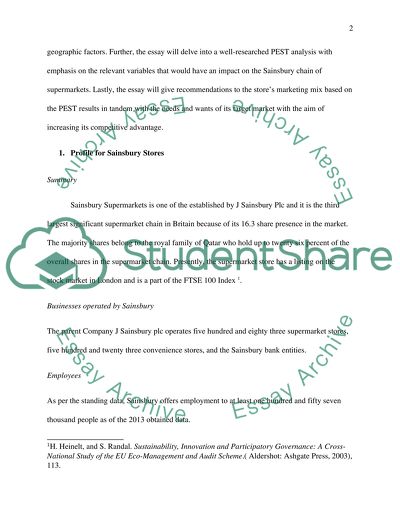Cite this document
(“Sainsbury's the Supermarket Essay Example | Topics and Well Written Essays - 2500 words”, n.d.)
Sainsbury's the Supermarket Essay Example | Topics and Well Written Essays - 2500 words. Retrieved from https://studentshare.org/marketing/1494473-sainsburys-the-supermarket
Sainsbury's the Supermarket Essay Example | Topics and Well Written Essays - 2500 words. Retrieved from https://studentshare.org/marketing/1494473-sainsburys-the-supermarket
(Sainsbury'S the Supermarket Essay Example | Topics and Well Written Essays - 2500 Words)
Sainsbury'S the Supermarket Essay Example | Topics and Well Written Essays - 2500 Words. https://studentshare.org/marketing/1494473-sainsburys-the-supermarket.
Sainsbury'S the Supermarket Essay Example | Topics and Well Written Essays - 2500 Words. https://studentshare.org/marketing/1494473-sainsburys-the-supermarket.
“Sainsbury'S the Supermarket Essay Example | Topics and Well Written Essays - 2500 Words”, n.d. https://studentshare.org/marketing/1494473-sainsburys-the-supermarket.


